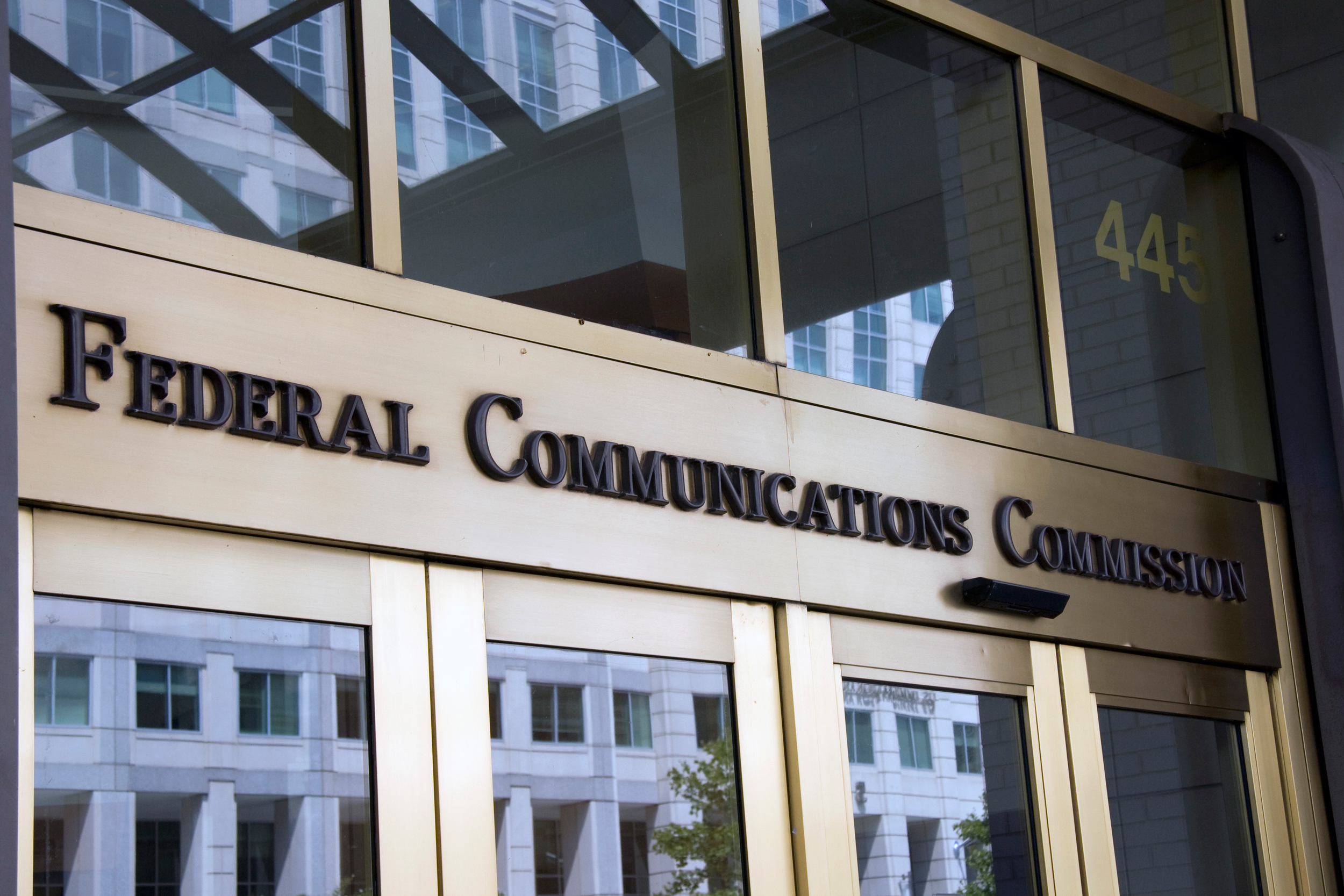Editorial: Kids’ Rules Need Update

The FCC’s children’s TV rules need revamping. A lot has changed in the past two decades-plus since the commission adopted a regulatory regime in the Children’s Television Act of 1990.
When the rules were adopted, programming had to be a half-hour in length, which made sense because video was consumed in pre-cut half-hours and hours.
Today, broadcasters’ online video competitors provide content of every length imaginable on the web, from Snapchat-sized bites to long-form meals. Children’s attention spans are arguably more suited to short bursts of information anyway, so that should certainly at least be an allowable took in the toolkit.
If the FCC does nothing else, it should loosen that rule.
And, let’s face it, if the rule requiring three hours of educational and informational programming was meant to spur commercial stations to start modeling themselves after noncoms, filling the airwaves with new versions of Mr. Rogers’ Neighborhood or Sesame Street — the latter actually expanding to HBO, rather than commercial TV — that did not happen.
The Children’s TV Act provided new opportunities for distributors of educational kids’ TV, but also fostered a cottage industry in finding the educational and informational messages in standard cartoon fare.
Meanwhile, noncommercial television is available to virtually everyone and has more educational programming than any child should probably be watching in a week, anyway.
The smarter way to stay on top of broadcasting and cable industry. Sign up below
But commercial broadcasters aren’t looking to get out from under the obligation entirely.
“[B]roadcasters are not seeking to eliminate TV broadcasters’ obligations to offer educational and informational programming,” National Association of Broadcasters president Gordon Smith told the FCC a few weeks ago in a meeting on proposed changes to the kids’ TV rules. “Rather, the current rules do not reflect the 21st century video marketplace and fail to provide adequate flexibility for broadcasters.” That would include the option to put their E/I programming on a digital must-carry channel rather than the primary channel, which the FCC has also tentatively concluded would be an appropriate update to the rules.
Gray Television also makes a good case for eliminating the requirement that a program be “regularly scheduled,” given that locked-in schedules are the past and appointment TV is the future.
But whatever the FCC does, it should remove the 30-minute minimum, as it has also tentatively concluded it will do.
Broadcasters acknowledge that they have a public interest obligation that goes with their license, but it should not prevent them from competing with online and pay video providers on a more level playground.
